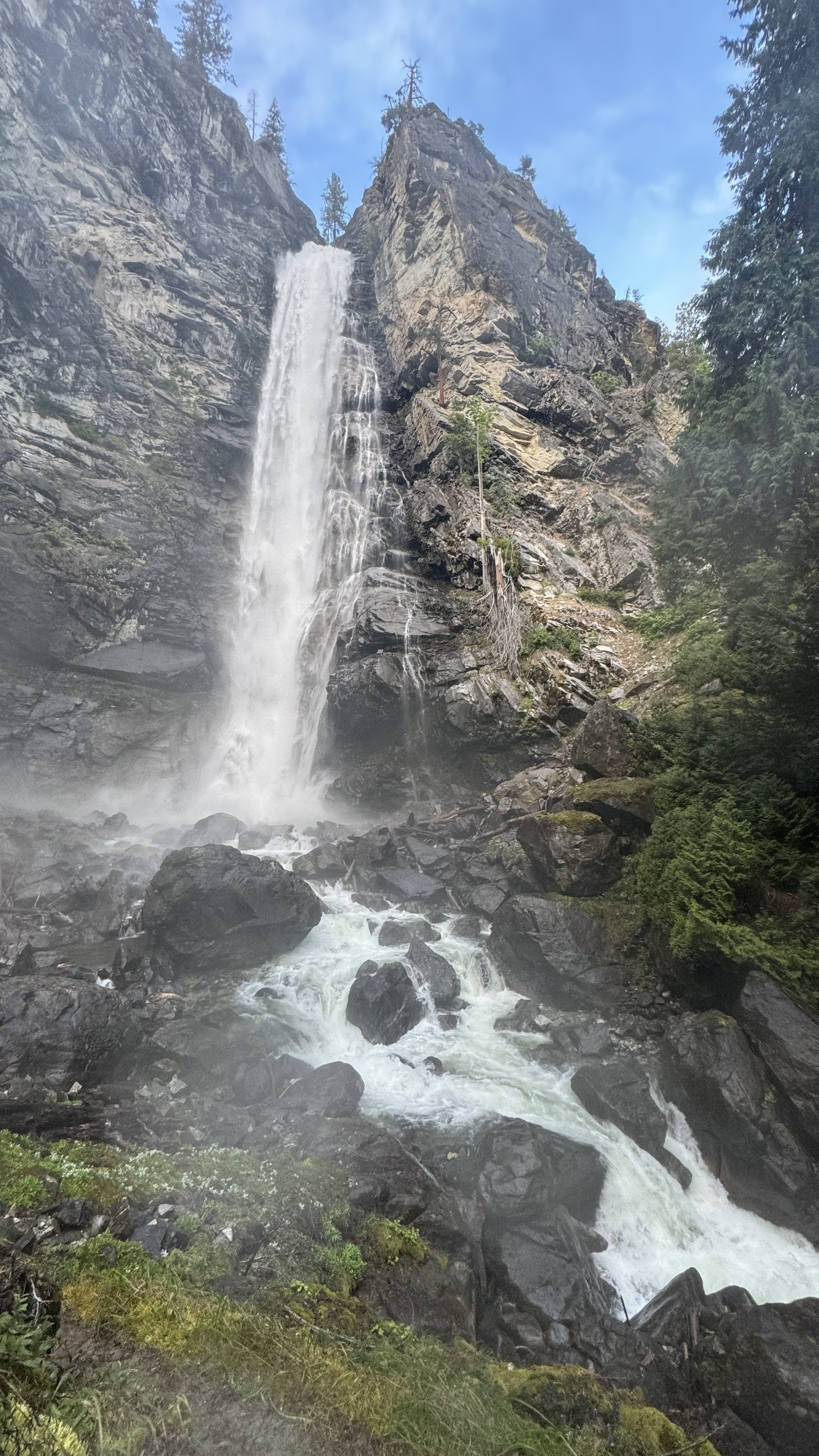
The Community Plan
What is it?
The County’s Natural Resources Department is managing this project, coordinating closely with the Chelan County PUD and National Park Service. The resulting community plan will establish a vision for Stehekin in the year 2050, outlining community priorities and identifying near-term action items for the County, PUD, National Park Service, and others to consider. This work will also likely inform the County’s upcoming comprehensive plan update, establishing a policy foundation to be incorporated into the plan and its various elements.
The County understands the crucial need to hear from community members and those who have a stake in Stehekin’s future, building a process of intensive community conversations, workshops, and debate to identify issues facing Stehekin and nurture the relationships necessary to address them. All seem to agree Stehekin is a unique and beautiful place, but there is a diversity of thought on how best to preserve or manage what makes the community and valley special.
Guiding Principles
There are several underpinning principles guiding this process. Listed on the right, you may click on them for a more detailed explanation.
-
Residents and other stakeholders are very invested in this process, understanding its importance and potential for long-lasting relevance. As a result, this process must be accessible to all those interested in the community plan, with a clear relationship between the information gathered, the analysis performed, the community input, and the recommendations embedded in the plan. This process must demonstrate accountability and openness, with meetings, direction, and commitments open for public viewing, critique, and input.
-
The County’s role in this process is to act primarily as an objective facilitator, seeking information, perspectives, and advice from the public and creating a framework for open dialogue, analysis, and agreement. While the process may not generate consensus, it must welcome a universe of ideas, expect conflict at times, and commit to honoring the values and priorities expressed during the effort.
-
People interested in Stehekin want to be involved in this process. This community has history, and residents and stakeholders have stories to tell. It is also important we have folks share their stories in the presence of others, both in person and remotely, ensuring all involved have ample opportunity to share their perspectives, hear others, and work together to define shared hopes and objectives.
-
This process must also adapt, responding to new information, new ideas, community priorities, and events likely to occur as the process continues. This is also an opportunity to demonstrate the community’s effectiveness in shaping the plan, responding to input and various surprises, able to adjust as necessary to ensure effectiveness.
-
Whether through its transparency, objectivity, or responsiveness, the process must reinforce its credibility from the outset. The effort can build trust between stakeholders and policymakers, relying on its credibility to produce a plan the community can support.
-
This community plan must deliver, establishing constructive conversations and policy guidance the community appreciates. Even if there is no full consensus in every part of the plan’s recommendations, the process has an opportunity to nurture community respect, civic capacity, and the means to work collectively to resolve conflicts as they arise.


